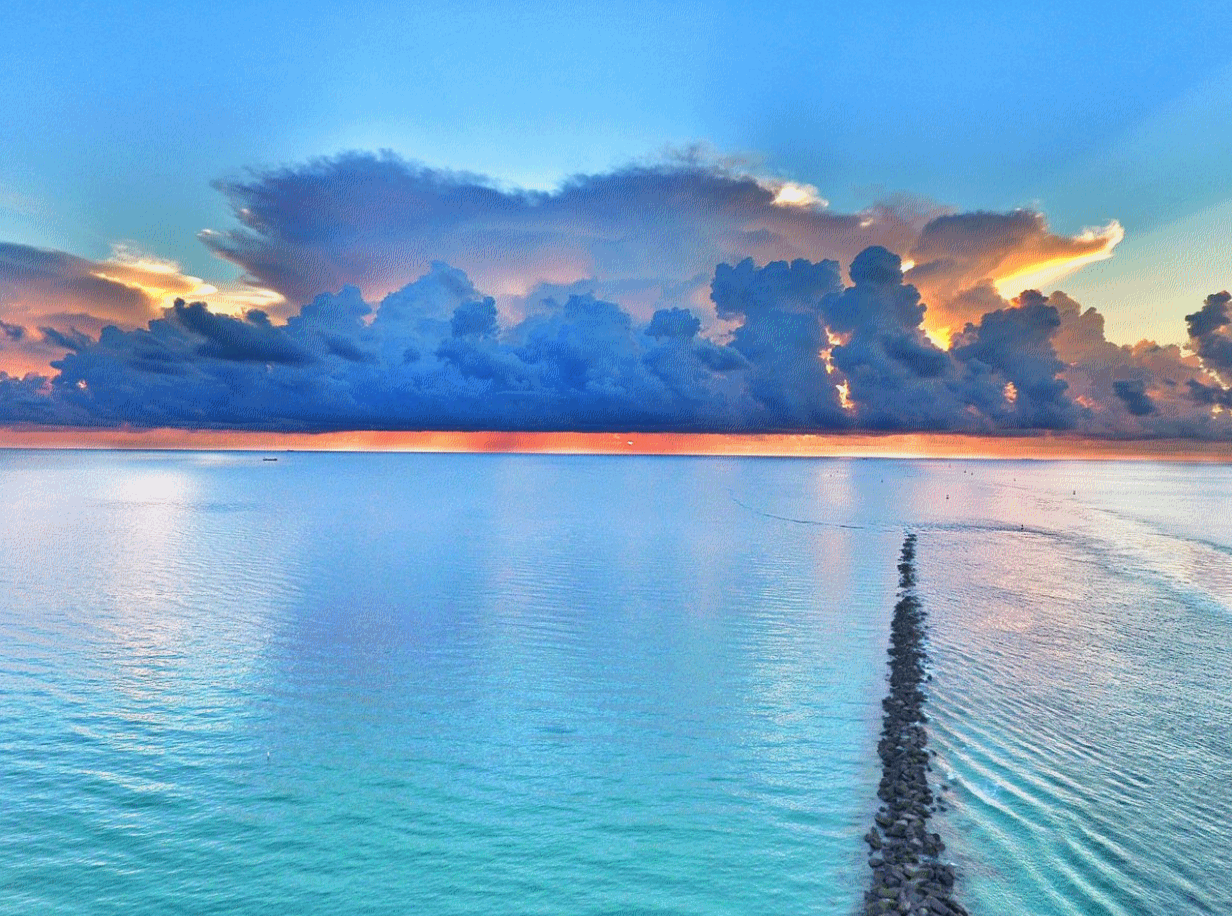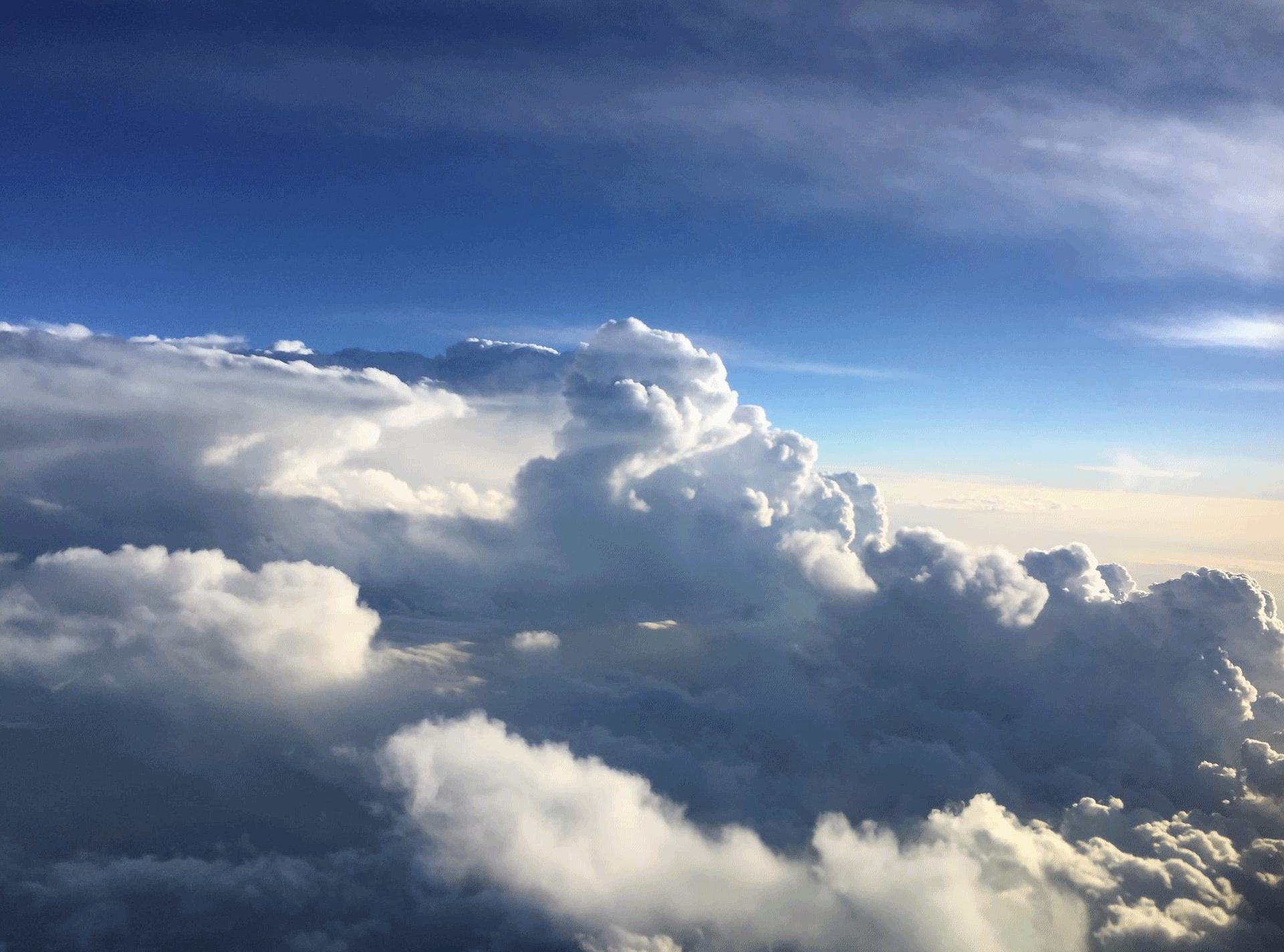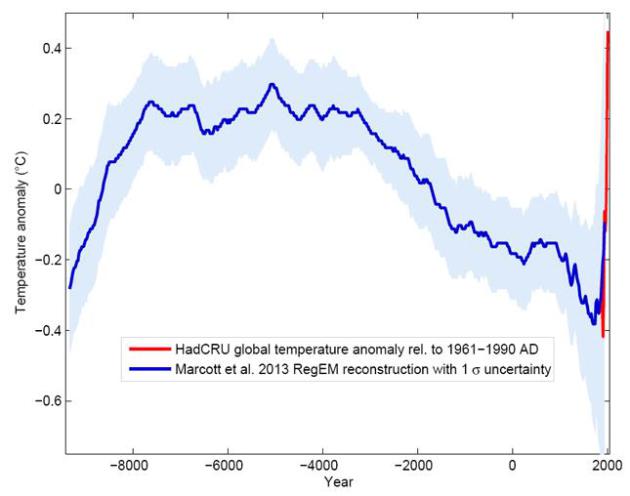SATURDAY: Mild sunshine, a fine fall day. Winds: W 5-10. High: 62
SATURDAY NIGHT: Partly cloudy. Low: 46
SUNDAY: Patchy clouds, winds pick up. Winds: NW 10-20. High: 59
MONDAY: Cool sunshine, very pleasant. Winds: SE 5-10. Wake-up: 38. High: 56
TUESDAY: Few showers southern Minnesota. Winds: SE 10-20. Wake-up: 41. High: 52
WEDNESDAY: Cold rain tapers off PM hours. Winds: E 10-15. Wake-up: 43. High: near 50
THURSDAY: Mostly cloudy, gusty winds. Winds: NW 10-20. Wake-up: 40. High: 52
FRIDAY: More sunshine, less wind. Winds: E 5-10. Wake-up: 38. High: 56
 Addicted to Travel - No Complaints This Weekend
Addicted to Travel - No Complaints This Weekend“Travel
is fatal to prejudice, bigotry, and narrow-mindedness” wrote Mark
Twain. Traveling is our vice, preoccupation and obsession. Logging miles
on Delta gives us new understanding of the world, and new appreciation
for Minnesota.
Overhead at yesterday's Senior Expo in Scott
County: "You're sure gone a lot Paul!" Well, we don't want to wait until
we're in our 70s to tick off items on our bucket list. 50 countries so
far - the goal is 100 before we take the ultimate journey.
And I'm not talking France.
You
won't want to go anywhere this weekend with low 60s and sunshine
dribbling through high cirrus clouds. Rain is still possible
Tuesday and
Wednesday,
although latest model runs take the biggest puddles south of MSP. We
warm up to 70F or beyond a week from today before cooling off for
Halloween.
Don't buck the trends. In spite of a La Nina cool phase in the Pacific my hunch is a continued mild bias into at least November.
My
wife of 32 years and I love to travel. But we also like coming back
home. There's nothing better than returning to the cool, clean sanity of
Minnesota.
Photo credit: Fidel L Soto.
NOAA's Winter Outlook Predicts Warmer, Drier South and Cooler, Wetter North. Will that translate into more snow for Minnesota and Wisconsin? How 'bout those Vikes! Here's an excerpt from
NOAA: "
Forecasters
at NOAA’s Climate Prediction Center issued the U.S. Winter Outlook
today, saying that La Nina is expected to influence winter conditions
this year. The Climate Prediction Center issued a La Nina watch this
month, predicting the climate phenomenon is likely to develop in late
fall or early winter. La Nina favors drier, warmer winters in the
southern U.S and wetter, cooler conditions in the northern U.S. If La
Nina conditions materialize, forecasters say it should be weak and
potentially short-lived..."
Early Look at Halloween. Thanks to
Planalytics for passing along their preview for October 31 weather from coast to coast. No big blizzards brewing this year: "
Weather
plays an important role on Halloween as it affects what
trick-or-treaters will be wearing as well as the types of food and
beverages to serve at parties and gatherings. For Halloween Monday (October 31st),
expect temperatures to be cooler than normal in the West, supporting
demand for light jackets and warm beverages. Near to above normal
temperatures are anticipated in much of the Northeast. Markets in the
Plains, Midwest, and Deep South are expected to remain warmer than
normal, creating “spooktacular” conditions for trick-or-treaters..."
Stronger Than Expected La Nina May Be Brewing.
Reuters has an update and context: "
Many
have doubted forecasts calling for the onset of the first La Niña in
almost five years, believing that its failure to materialize in
convincing fashion last summer - as originally predicted - means that it
may be off the table for 2016-17. But in
recent weeks, the oceans and atmosphere have been pulling everything
into place to facilitate a potentially stronger La Niña than previously
thought, so those who follow commodities markets may want to take a
second look. Last Thursday, the
U.S. Climate Prediction Center reissued the La Niña watch that was
removed in early September. The watch indicates that conditions are
favorable for the phenomenon’s development within the next six months..."
ENSO Model Plume: Earth Institute, Columbia University.
Hottest Months on Record Have Something in Common.
Climate Central reports: "...
The
run of record-setting months means 15 of the most abnormally warm
months have occurred since March 2015. Accounting for ties, the only
exception is January 2007 which came in tied for 11th. There has never
been a run of hot months like this in the 1,641 months (or 136-plus
years) of data at NOAA’s disposal. March 2016
tops the list with a global temperature 2.21°F (1.23°C) above the 20th
century average. Even though September 2016 is the second-warmest
September on record, it’s still on the list clocking in at 11th with
temperatures 1.6°F (0.89°C) above average..."
Map credit: "
The year-to-date heat has the world on track for its hottest year on record."
 Let's Choose a New Name for "Indian Summer"
Let's Choose a New Name for "Indian Summer". Yes, the name is something of a head-scratcher. Here's more perspective from
Atlas Obscura: "...
In
his extremely thorough research, though, Matthews never discovered a
convincing explanation for what the phrase meant. Why associate Native
Americans with warm days in fall? There were plenty of ideas floating
around: Native Americans had predicted the warm spell to settlers; they
used that time of the year to extend their harvest; a tribe's mythology
connects the weather to the sigh of the personified southern wind.
"Indian summer" may have had a tinge of colonial nostalgia to it, too.
Some of the examples Matthews found argued that by the 1800s "Indian
summer" had disappeared. "This short season of mild and serene weather,
the halcyon period of autumn, has disappeared with the primitive rest,"
wrote one 19th century author. “It fled from our land before the
progress of civilization; it has departed with the primitive forest..."
Super Typhoon Wipes Out Nearly Every Home In This Philippine City. The imagery coming out of far northern Luzon is heart-wrenching;
Huffington Post reports: "...
Typhoon
season typically lasts from May to October in the Philippines, which
experiences on average about 20 storms per year. But in recent years,
things have gotten worse. Five of the 10 deadliest typhoons to ever hit
the archipelago nation came in the last decade, according to the
nonprofit Climate Reality Project.
In 2013, Typhoon Haiyan ― the country’s deadliest storm on record ―
killed more than 6,300 people, displaced 4 million others and created $2
billion in damage. The intensity of super typhoons has spiked by about 10 percent since the 1970s, according to a study, released last year, of 850 storms in the Pacific..."
Hurricane Matthew Brought 1,000-Year Record Rainstorms to North Carolina. Here's the intro to a story at
Pacific Standard: "
The
storm swept in by Hurricane Matthew has produced rainfall that exceeds
the level expected about once every 1,000 years, according to a statistical analysis
using National Oceanic and Atmospheric Administration data. Matthew
broke numerous rainfall records in some of North Carolina’s toughest-hit
towns, marking another spike in this year’s extreme weather. The new
rainfall records were enabled by warming in the ocean and coastal atmospheres, which hold more water as temperatures increase — with a few cities across the Southeast reporting record levels of air moisture during the storm..."
1 in 1,000 Year Flood for North Carolina. Rainfall from Hurricane Matthew did, in fact, reach "thousand-year rainfall" criteria, according to NOAA.
This is the 6th thousand-year flood to strike the USA since October,
2015. The list includes South Carolina, Maryland, West Virginia,
Louisiana, Texas, and now North Carolina.
In Solar Panel Battle, Target's Beating Walmart. It's hard not to root for the hometown team. Here's an excerpt from
CNET.com: "
When
it comes to US companies installing solar panels on their buildings,
Target is in the lead. That's the top takeaway from a Solar Energy
Industries Association report this week
on companies that use sun-siphoned energy for their buildings.
Interestingly, Apple is the only tech company to make the top 10. It
comes in at No. 4, while Intel and Verizon come in at Nos. 14 and 15,
respectively. Together, the top companies using solar energy have
installed cells that can capture more than 1 gigawatt of energy, says
the SEIA report. That's enough to power 193,000 homes. Although Walmart
has more cells installed, it's Target that wins in bang for the buck
with the highest capacity: 147 megawatts compared to Walmart's 145 MW..."
These Are The U.S. Companies With The Most Solar Power. Here's an excerpt from Fortune: "Target is now the U.S. company that produces the most solar power at its facilities, beating out Walmart
for the first time, according to a new report looking at corporate
solar power usage in the United States. Other companies with large
installations of onsite solar panels include Prologis, Apple, Costco, Kohl’s, and IKEA, says a report released on Wednesday by the solar group the Solar Energy Industries Association..."
Photo credit: Forbes.
Minnesota Power Shutting Down 2 More Coal Generators.
Duluth News Tribune has details: "
Minnesota
Power announced Wednesday that it will shut down two more of its
coal-fired electrical generators, Boswell Units 1 and 2 in Cohasset, as
the utility continues its move away from coal. The Duluth-based utility
said it will idle the 1960-vintage units by the end of 2018 as it moves
toward more natural gas and renewable energy from solar and wind
generation. The changeover is part of the utility’s long-term Energy
Forward focus and helps it comply with state regulations to get more
energy from renewable sources..."
When Does an Artificial Intelligence Become a Person? How We Get To Next has another compelling, though-provoking, vaguely terrifying story; here's the intro: "
The things that define something as someone — as
a person — are complex, contested, and mutable. Thinking about the
moral, legal, and philosophical arguments around who does and does not
get to be a person is a crucial step as we move ever closer toward the
birth of the first truly sentient machines, and the destruction of the
most highly sentient, endangered animals.
What level of sophistication will artificial intelligences need to
attain before we consider them people — and all the rights that entails?
And at what point on the spectrum of intelligence will we be creating
machines that are as smart, and as deserving of legal rights, as the
sentient animals we’re driving to extinction?..." (Image credit: Exosphere).
Man, This Guy Really Likes His Coffee.
Typhoon? Flood? What stinking flood! I'm not going to let a little
moving water get between me and my tall soy latte! Here's an excerpt of a
funny story at
TIME: "A Hong Kong man, affectionately dubbed “Starbucks Uncle”
by social media,
had one strategy when the coffee shop began to flood: keep calm and
hang out. As it became flooded with standing water, he sat reading his
newspaper, unperturbed by the typhoon raging outside, leading swirling
waters to infiltrate his caffeine sanctuary. This week, Hong Kong has
been dealing with torrential rainstorms and
gale-force winds from Super Typhoon Haima, leading to
flash flooding across the city..."

Climate Stories....
Global Warming Continues; 2016 Will Be The Hottest Year Ever Recorded. Here's an excerpt from Dr. John Abraham at the University of St. Thomas, writing for
The Guardian: "...
What
is the big deal? Well first of all, 2016 blows away 2015 which was
previously the hottest year ever and that had beaten 2014 as the hottest
year ever – call this a three-peat. Three records in a row and the last
two are by large margins. Does this mean global warming all of a sudden
has gotten worse? No, surface temperatures fluctuate a lot – you can
see that in the figure. Temperatures will go up or down from year to
year without apparent reason. This is why we are interested in the long
term trends. This is also why we are interested in looking at other
measures of warming (especially in the oceans). All of our measurements
agree with each other – we know the Earth was warming long before this
set of records began falling in 2014..."
Map credit: "
July
2016 was the hottest month every recorded according to a monthly
analysis of global temperatures by scientists at NASA’s Goddard
Institute for Space Studies (GISS)." Photograph: GISS/NASA.
Debate Moderators Completely Failed Millennials - And Everyone Else. Here's an excerpt of an Op-Ed at
CNN.com: "
In
2016, likely the hottest year on record, there's one question US
presidential debate moderators had a moral obligation to ask Donald
Trump and Hillary Clinton: How do you plan to address climate change and
rid the economy of fossil fuels? Yet they never did.
That's just unbelievable. We're already seeing seas rising in Miami,
wildfires worsening in the West and deaths related to swollen rainstorms
in Louisiana. The effects in the future, if we don't curb emissions,
will be much worse, including drowned coastal cities, supercharged
droughts in the Southwest, mass extinction in the natural world and the
likely end of the coral reefs..."
An Atmosphere of Neglect. Here's an excerpt of an Op-Ed at
The Baltimore Sun: "...
The
list of corporations that are making strategic decisions about their
future with an eye to climate change reads like the Dow Jones Industrial
Index: Walmart, Procter & Gamble,
Johnson & Johnson, Starbucks, Goldman Sachs and on and on. This
isn't just some public relations move; farsighted executives see a huge
advantage in steering their businesses toward a reduced carbon
footprint, either through less energy consumption or greater use of less
polluting forms of energy as temperatures rise. Yet despite this surge
of activity within corporate leadership and investment communities, the
presidential contenders can't be asked over the length of four and a
half hours of debate about what the federal government should be doing?
Shame on the various moderators for not insisting that Mr. Trump and
former Secretary of State Hillary Clinton speak directly on such a critically important topic..."
9 Cities To Live In If You're Worried About Climate Change. I'm
surprised the Twin Cities didn't make the cut. My theory, my hunch is
that Minneapolis, St. Paul and all of Minnesota will be in relatively
good shape for one big reason: an abundant supply of clean water. Here's
an excerpt from
The New York Times: "
It’s hard to imagine that any city in North America will escape the effects of climate change
within the next 25 years. But some will be better positioned than
others to escape the brunt of “drought, wildfire, extreme heat, extreme
precipitation, extreme weather and hurricanes.” Those were some of the
climate change-related threats listed by Benjamin Strauss, who focuses
on climate impacts at Climate Central, an independent nonprofit research
collaboration of scientists and journalists. Dr. Strauss, 44,
identified cities where people could settle in the next two decades if
they are aiming to avoid those threats..."

Climate Change: Extreme Environments to Require New Equipment, Tougher Ships. Here's an excerpt from
National Defense Magazine: "...
Areas
where planning could be improved include disaster relief, emergency
response, weapon system acquisition, theater campaign and installation
master planning, he said in an email. “
We need to build
resiliency into our efforts to adapt to a ‘normal’ that will continue to
change over time,” he said. “Climate is not stationary and neither is
national security.” The Defense Department is working with the office of
science and technology policy, and the interagency science and
technology community through the department’s research and engineering
organizations to bring a “whole of government approach” to identifying
technology needs and how they may be satisfied, he said. “Preparing for
climate change, it’s actually not as much about the equipment; it’s
about the mindset,” Holland said. “It requires foresight and thinking
and planning." (File photo: Associated Press).
Greenland Is Melting. Check out Elizabeth Kolbert's article at
The New Yorker; here's a clip: "...
In
recent years, as global temperatures have risen, the ice sheet has
awoken from its postglacial slumber. Melt streams like the Rio Behar
have always formed on the ice; they now appear at higher and higher
elevations, earlier and earlier in the spring. This year’s melt season
began so freakishly early, in April, that when the data started to come
in, many scientists couldn’t believe it. “I had to go check my
instruments,” one told me. In 2012, melt was recorded at the very top of
the ice sheet. The pace of change has surprised even the modellers.
Just in the past four years, more than a trillion tons of ice have been
lost. This is four hundred million Olympic swimming pools’ worth of
water, or enough to fill a single pool the size of New York State to a
depth of twenty-three feet..."
Photo credit: "
When
water accumulates on the surface of an ice sheet, more sunlight gets
absorbed, which results in more melt, in a cycle that builds on itself.
This year’s melt season began so early that many scientists couldn’t
believe the data they were seeing." Photograph by Daniel Beltrá.

Exxon Boss: Climate Change is "Real" and "Serious". Here's the story intro at ThinkProgress: "Exxon Mobil CEO Rex Tillerson said
Wednesday the company backs a price on carbon and believes climate
change brings “real” risks that require “serious” action. Speaking at
the Oil & Money
conference in London, Tillerson also noted that the Paris climate
accord set to kick in this November is unlikely to limit near-term
consumption of oil and gas, Climate Central reported..."
Photo credit: "ExxonMobil Chief Executive Officer Rex Tillerson." CREDIT: AP/Evan Vucci.

The Conservative Christian Case for Climate Change Action.
My sincere thanks to Minnehaha Academy, which is hosting a book-launch
event the evening of November 15.The first 500 people who RSVP will
receive a complimentary copy of Caring for Creation.
Details are here. Here's an excerpt of a
Time Op-Ed written by "
Caring for Creation" co-author, Methodist minister, former coal industry employee and EEN (
Evangelical Environmental Network) President Mitch Hescox:"...
Food
and water scarcity are made worse across the developing world.
Sea-level rise, increased asthma, and disease carrying insects across
the U.S. are just a few of the other climate-related impacts. The good
news is that overcoming climate change presents us with a tremendous
opportunity to create a better world. In order to realize it, we must
end the partisanship and dump the denial. The scientific debate about
climate change is over. We might not know all the particulars about how
quickly the oceans will rise, but the causation is clear. One only has
to open a window to know that our environment has changed. We
must honor our past, but we cannot live in it. Coal mining jobs
continue to disappear. The blast furnaces of Pittsburgh and elsewhere
won’t be rebuilt. We’re in the middle of an economic disruption..."



No comments:
Post a Comment